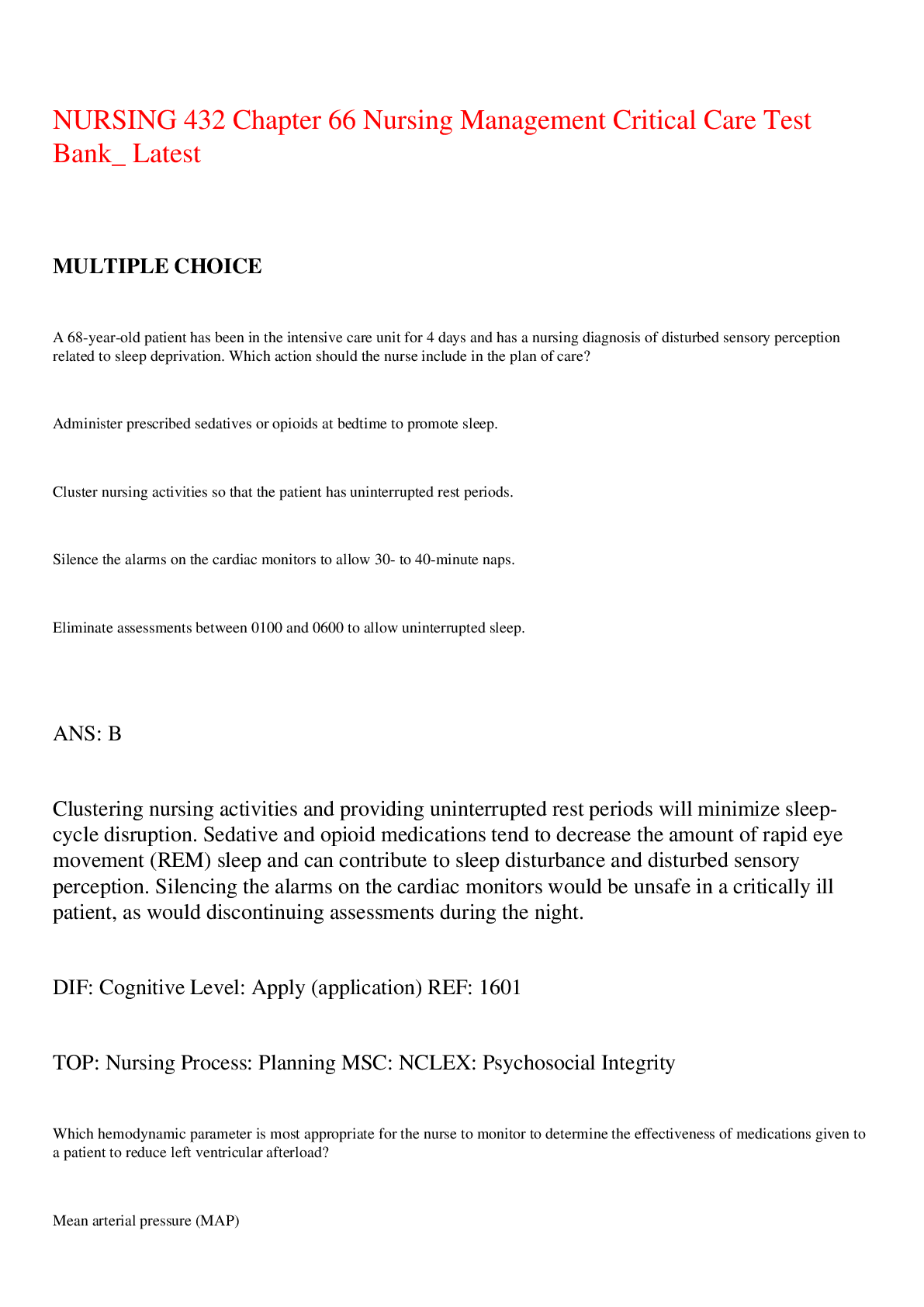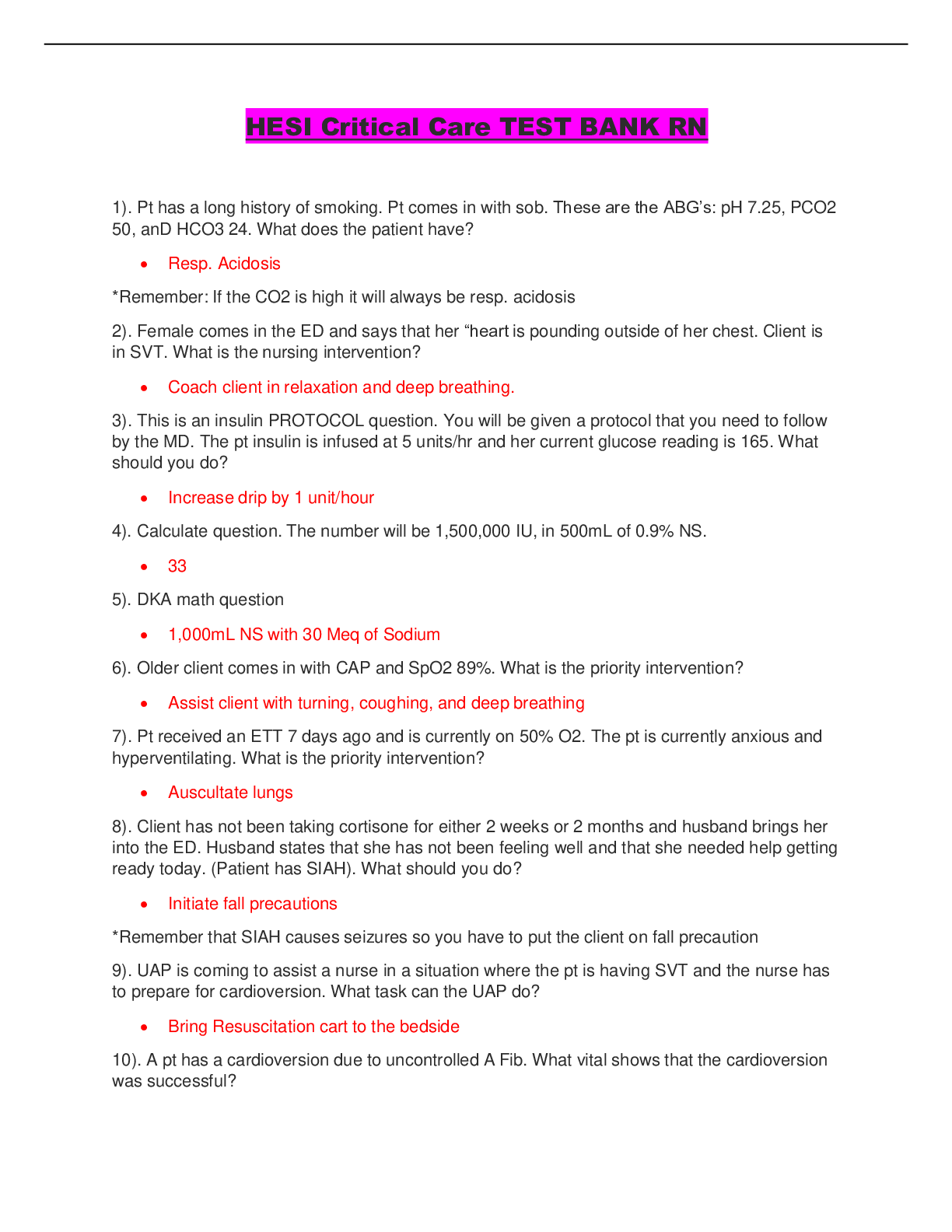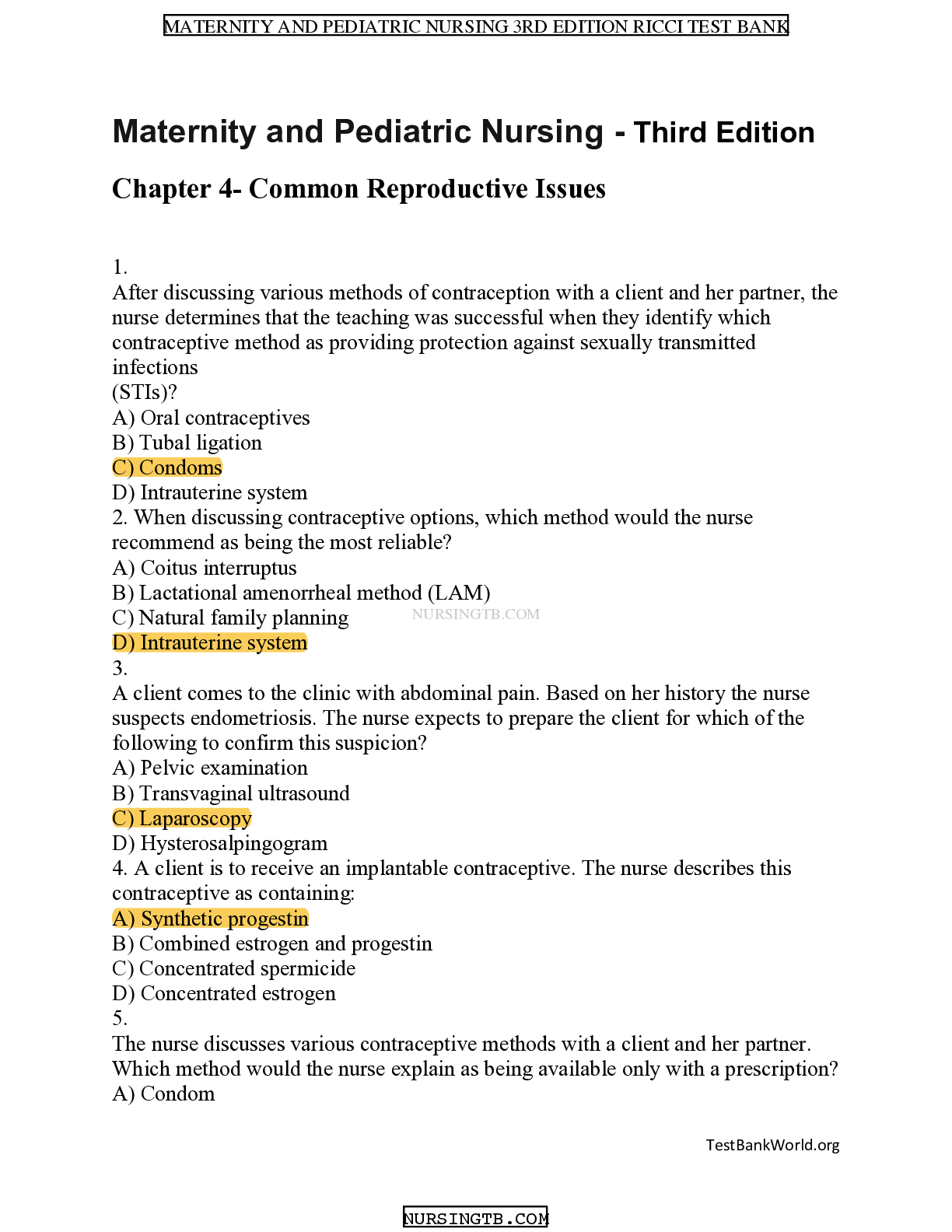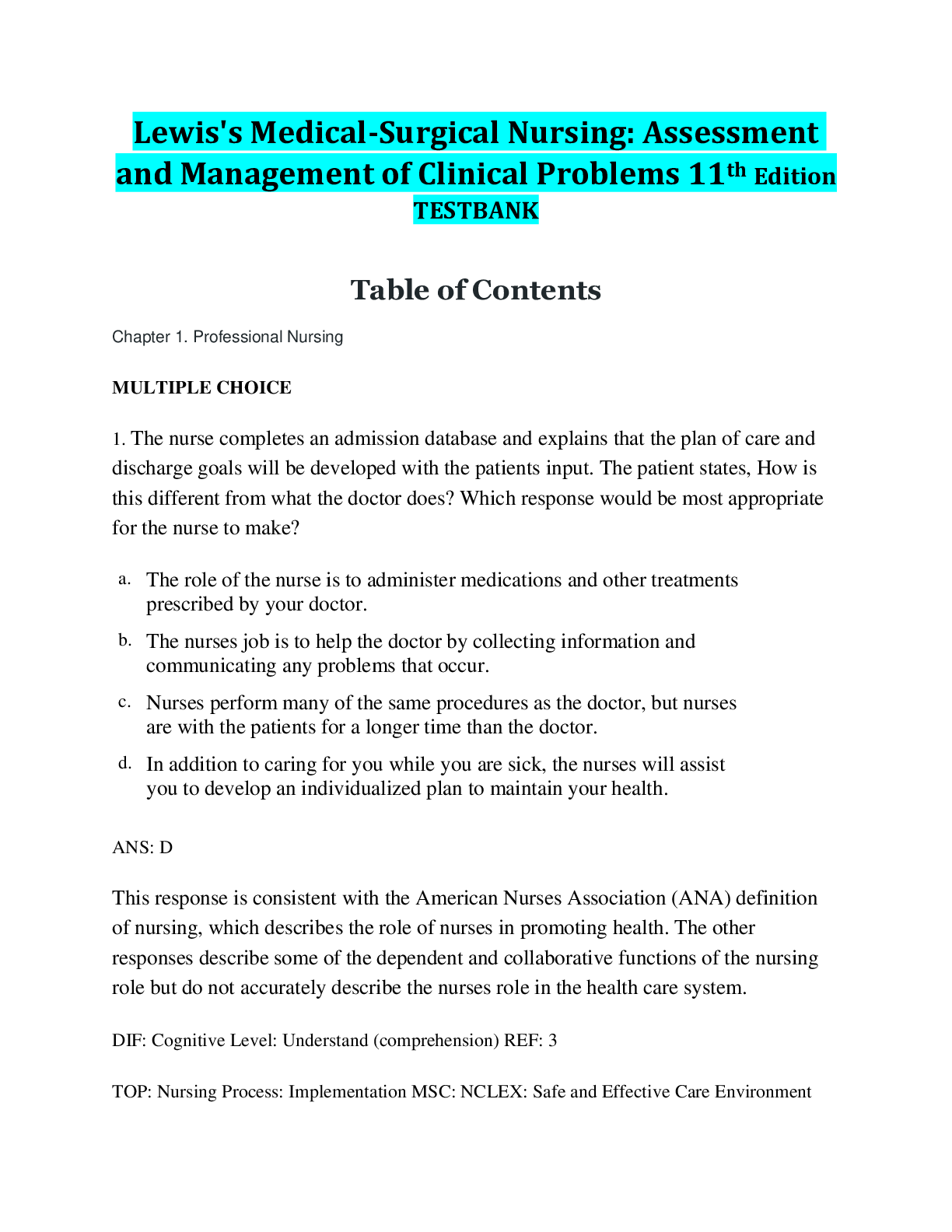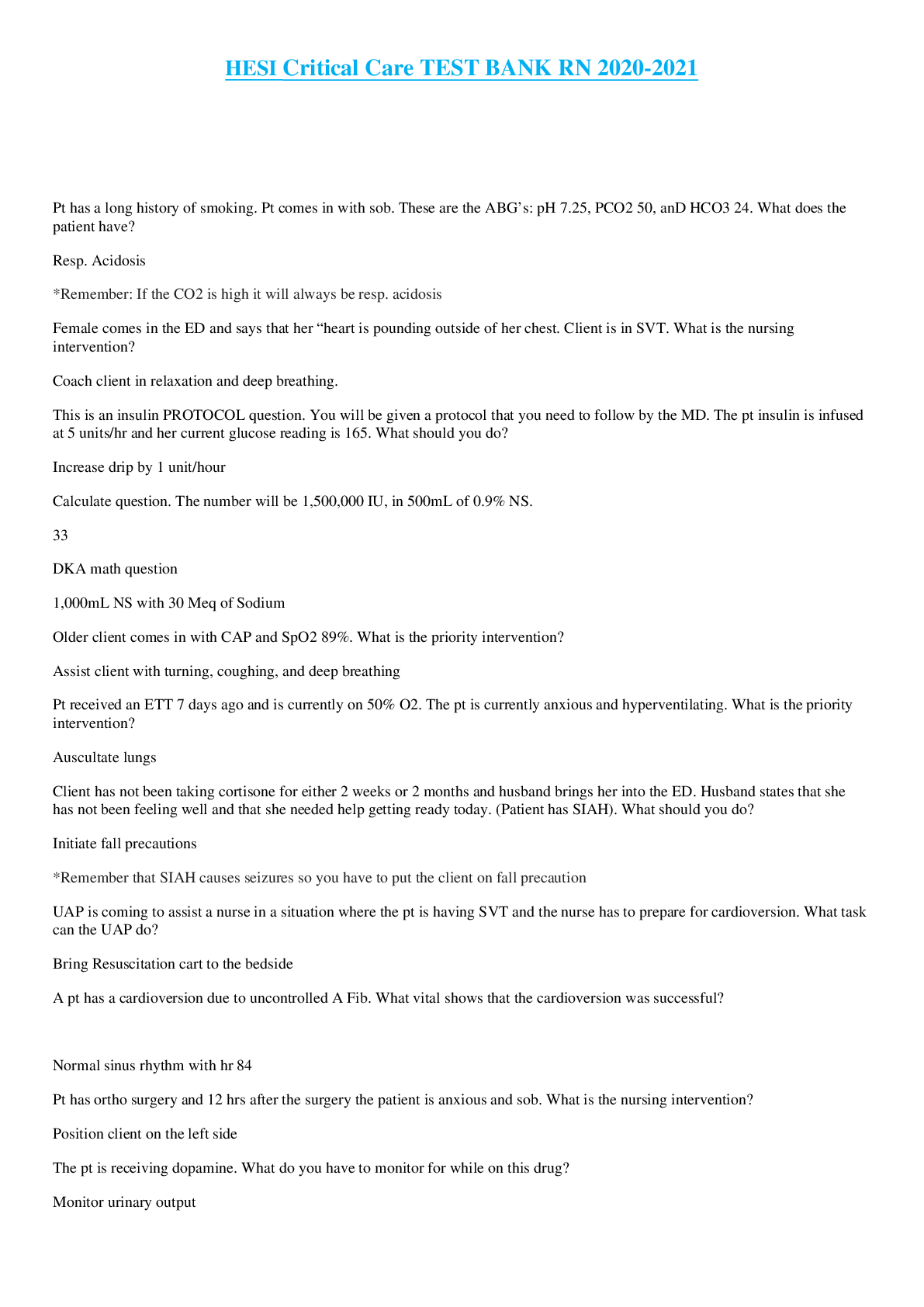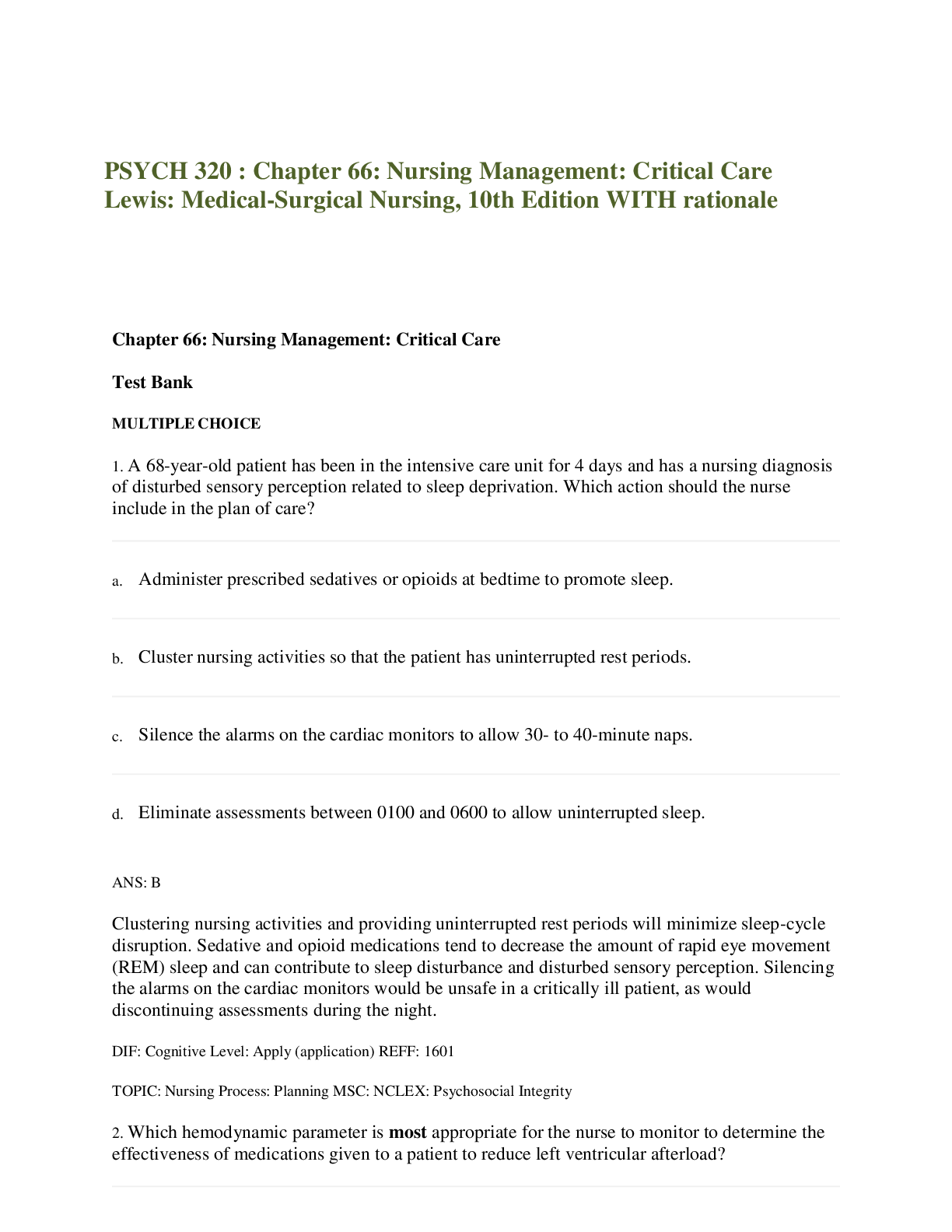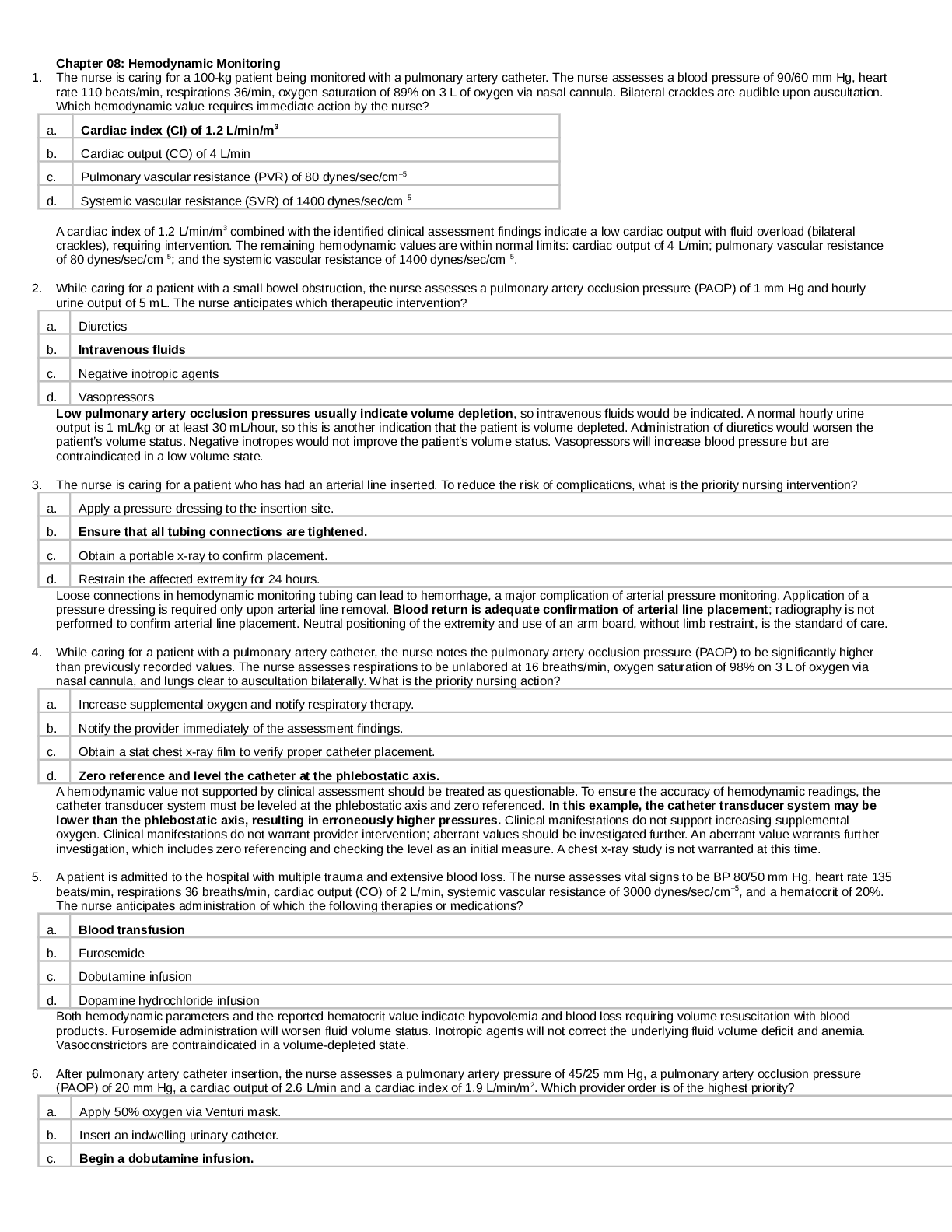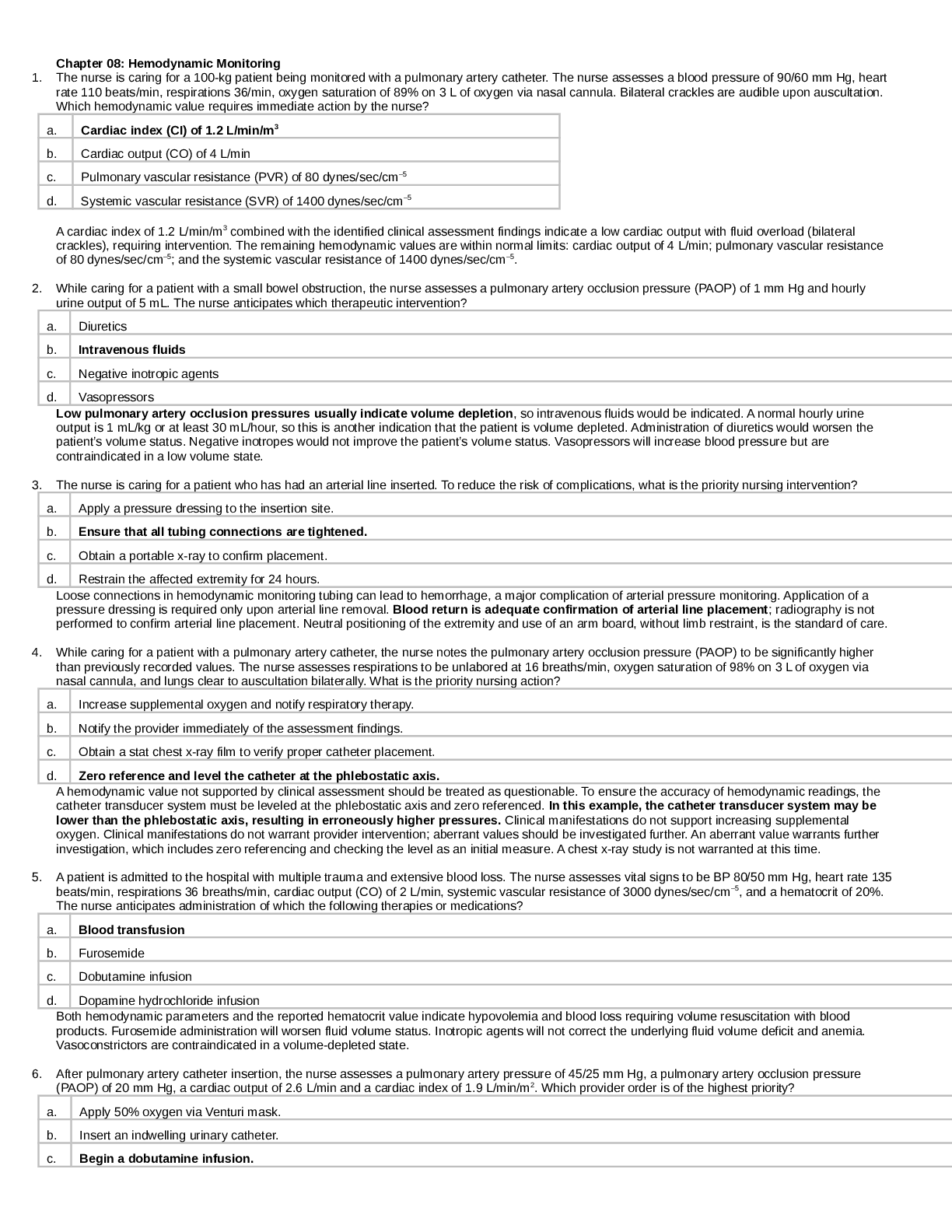*NURSING > EXAM > NR 340 Critical Care: Chapter 66: Nursing Management: Critical Care Test Bank- Questions and Answers (All)
NR 340 Critical Care: Chapter 66: Nursing Management: Critical Care Test Bank- Questions and Answers
Document Content and Description Below
A 68-year-old patient has been in the intensive care unit for 4 days and has a nursing diagnosis of disturbed sensory perception related to sleep deprivation. Which action should the nurse include in ... the plan of care? a. Administer prescribed sedatives or opioids at bedtime to promote sleep. b. Cluster nursing activities so that the patient has uninterrupted rest periods. c. Silence the alarms on the cardiac monitors to allow 30- to 40-minute naps. d. Eliminate assessments between 0100 and 0600 to allow uninterrupted sleep. Which hemodynamic parameter is most appropriate for the nurse to monitor to determine the effectiveness of medications given to a patient to reduce left ventricular afterload? a. Mean arterial pressure (MAP) b. Systemic vascular resistance (SVR) c. Pulmonary vascular resistance (PVR) d. Pulmonary artery wedge pressure (PAWP) While family members are visiting, a patient has a respiratory arrest and is being resuscitated. Which action by the nurse is best? a. Tell the family members that watching the resuscitation will be very stressful. b. Ask family members if they wish to remain in the room during the resuscitation. c. Take the family members quickly out of the patient room and remain with them. d. Assign a staff member to wait with family members just outside the patient room. Following surgery for an abdominal aortic aneurysm, a patient's central venous pressure (CVP) monitor indicates low pressures. Which action is a priority for the nurse to take? a. Administer IV diuretic medications. b. Increase the IV fluid infusion per protocol. c. Document the CVP and continue to monitor. d. Elevate the head of the patient's bed to 45 degrees. When caring for a patient with pulmonary hypertension, which parameter is most appropriate for the nurse to monitor to evaluate the effectiveness of the treatment? a. Central venous pressure (CVP) b. Systemic vascular resistance (SVR) c. Pulmonary vascular resistance (PVR) d. Pulmonary artery wedge pressure (PAWP) The intensive care unit (ICU) nurse educator will determine that teaching about arterial pressure monitoring for a new staff nurse has been effective when the nurse a. balances and calibrates the monitoring equipment every 2 hours. b. positions the zero-reference stopcock line level with the phlebostatic axis. c. ensures that the patient is supine with the head of the bed flat for all readings. d. rechecks the location of the phlebostatic axis when changing the patient's position. When monitoring for the effectiveness of treatment for a patient with a large anterior wall myocardial infarction, the most important information for the nurse to obtain is a. central venous pressure (CVP). b. systemic vascular resistance (SVR). c. pulmonary vascular resistance (PVR). d. pulmonary artery wedge pressure (PAWP). Which action is a priority for the nurse to take when the low pressure alarm sounds for a patient who has an arterial line in the left radial artery? a. Fast flush the arterial line. b. Check the left hand for pallor. c. Assess for cardiac dysrhythmias. d. Rezero the monitoring equipment. Which action will the nurse need to do when preparing to assist with the insertion of a pulmonary artery catheter? a. Determine if the cardiac troponin level is elevated. b. Auscultate heart and breath sounds during insertion. c. Place the patient on NPO status before the procedure. d. Attach cardiac monitoring leads before the procedure. When assisting with the placement of a pulmonary artery (PA) catheter, the nurse notes that the catheter is correctly placed when the monitor shows a a. typical PA pressure waveform. b. tracing of the systemic arterial pressure. c. tracing of the systemic vascular resistance. d. typical PA wedge pressure (PAWP) tracing. Which assessment finding obtained by the nurse when caring for a patient with a right radial arterial line indicates a need for the nurse to take immediate action? a. The right hand is cooler than the left hand. b. The mean arterial pressure (MAP) is 77 mm Hg. c. The system is delivering 3 mL of flush solution per hour. d. The flush bag and tubing were last changed 3 days previously. The central venous oxygen saturation (ScvO2) is decreasing in a patient who has severe pancreatitis. To determine the possible cause of the decreased ScvO2, the nurse assesses the patient's a. lipase. b. temperature. c. urinary output. d. body mass index. An intraaortic balloon pump (IABP) is being used for a patient who is in cardiogenic shock. Which assessment data indicate to the nurse that the goals of treatment with the IABP are being met? a. Urine output of 25 mL/hr b. Heart rate of 110 beats/minute c. Cardiac output (CO) of 5 L/min d. Stroke volume (SV) of 40 mL/beat The nurse is caring for a patient who has an intraaortic balloon pump in place. Which action should be included in the plan of care? a. Position the patient supine at all times. b. Avoid the use of anticoagulant medications. c. Measure the patient's urinary output every hour. d. Provide passive range of motion for all extremities. While waiting for cardiac transplantation, a patient with severe cardiomyopathy has a ventricular assist device (VAD) implanted. When planning care for this patient, the nurse should anticipate a. giving immunosuppressive medications. b. preparing the patient for a permanent VAD. c. teaching the patient the reason for complete bed rest. d. monitoring the surgical incision for signs of infection. To verify the correct placement of an oral endotracheal tube (ET) after insertion, the best initial action by the nurse is to a. auscultate for the presence of bilateral breath sounds. b. obtain a portable chest x-ray to check tube placement. c. observe the chest for symmetric chest movement with ventilation. d. use an end-tidal CO2 monitor to check for placement in the trachea. To maintain proper cuff pressure of an endotracheal tube (ET) when the patient is on mechanical ventilation, the nurse should [Show More]
Last updated: 1 year ago
Preview 1 out of 15 pages
.png)
Reviews( 0 )
Document information
Connected school, study & course
About the document
Uploaded On
Nov 24, 2021
Number of pages
15
Written in
Additional information
This document has been written for:
Uploaded
Nov 24, 2021
Downloads
0
Views
34

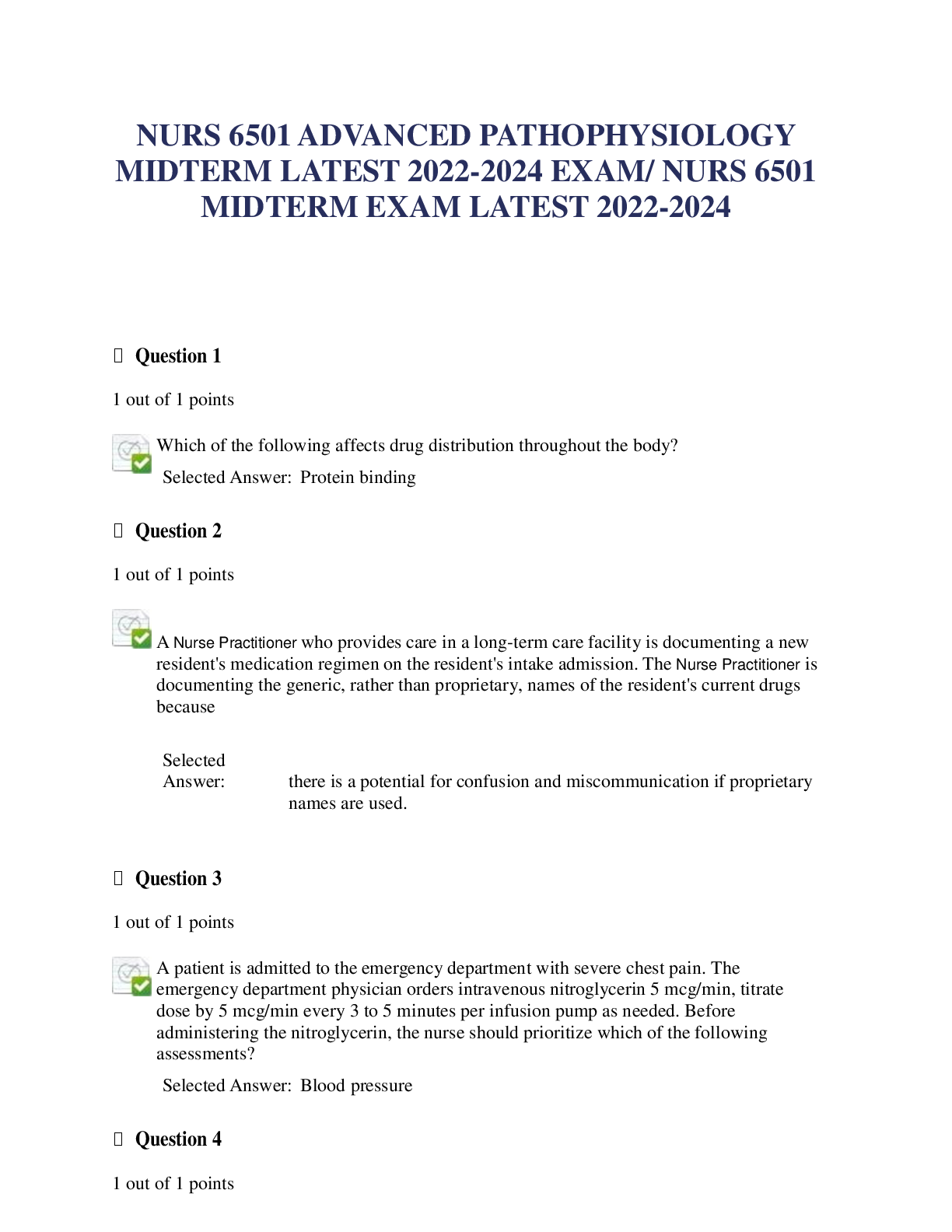
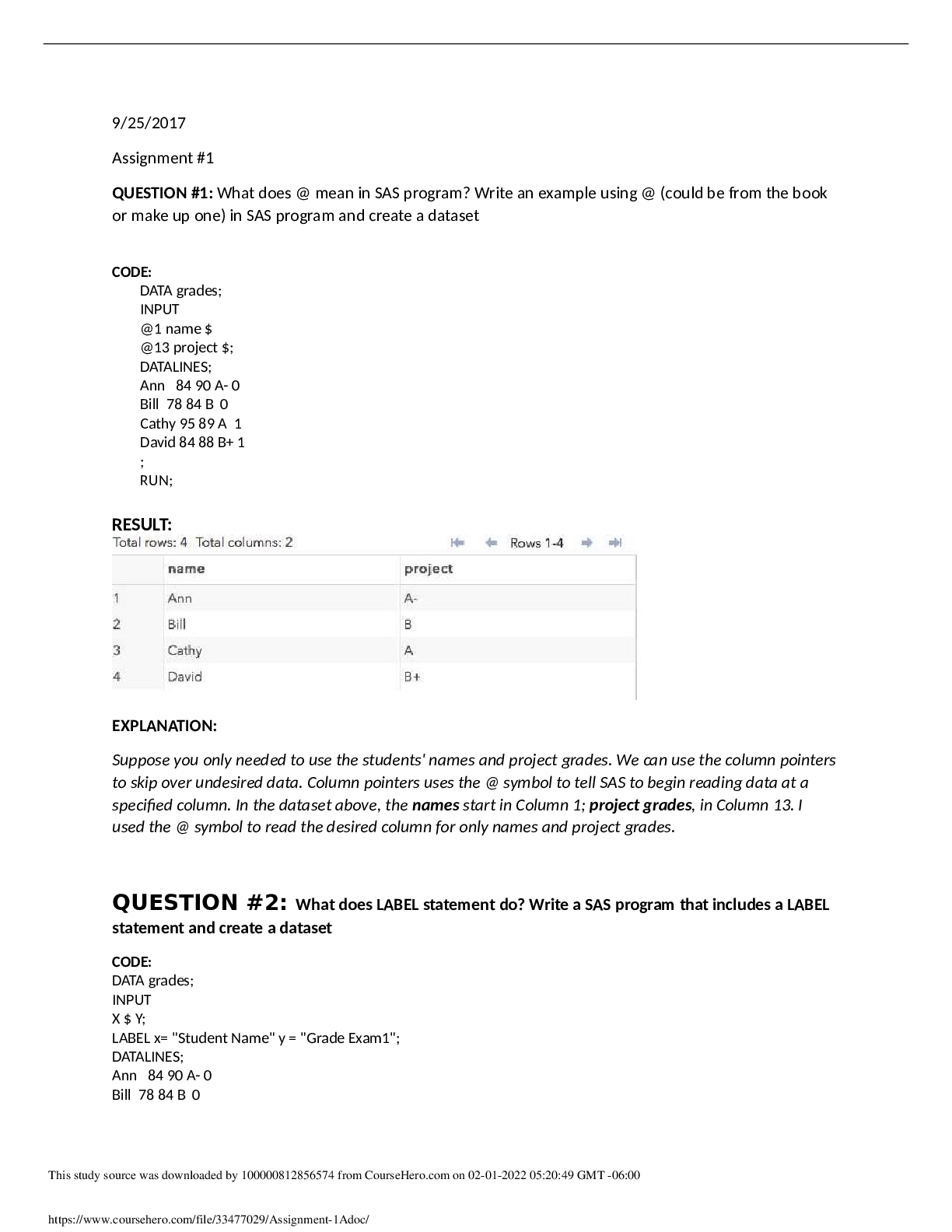
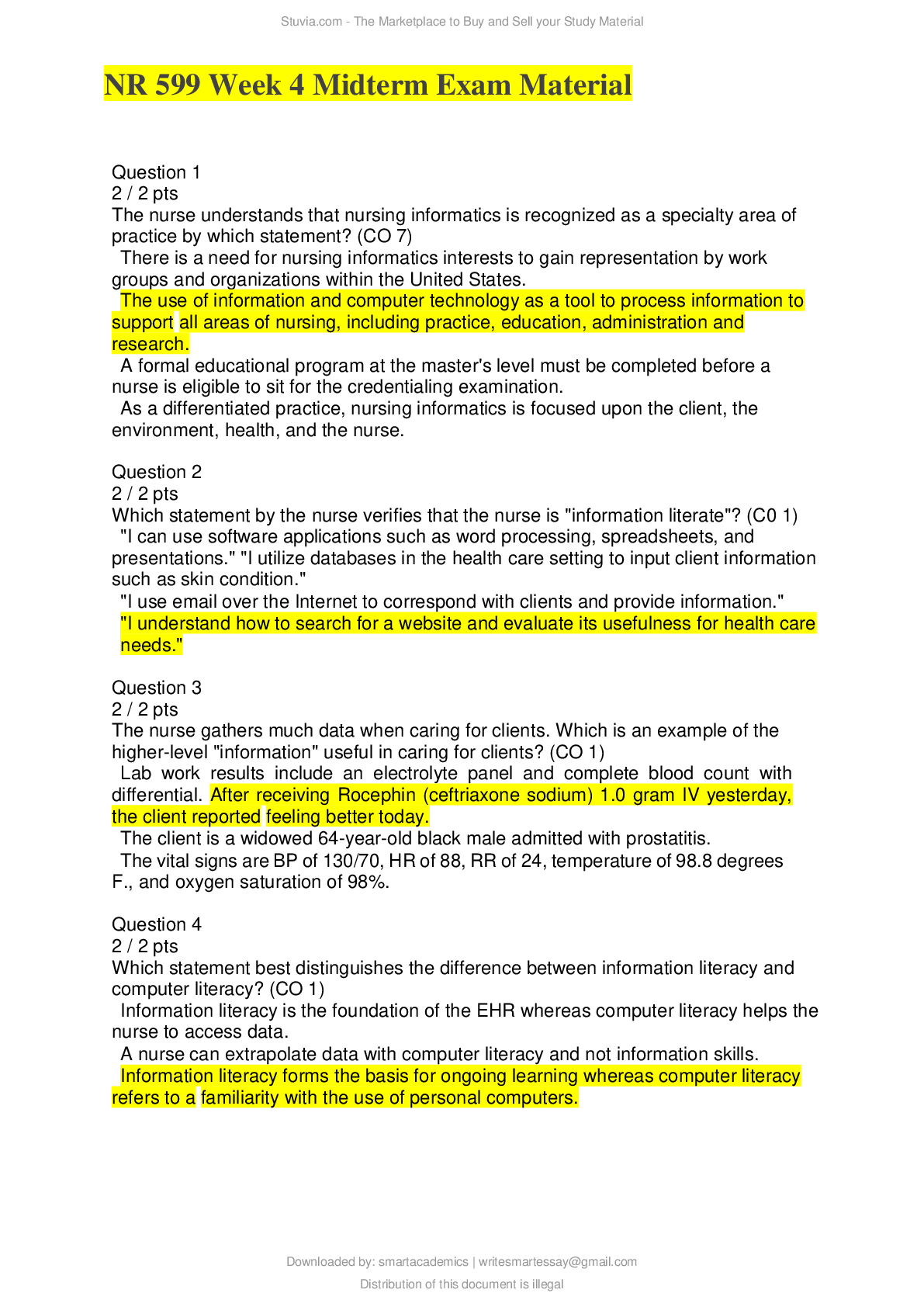
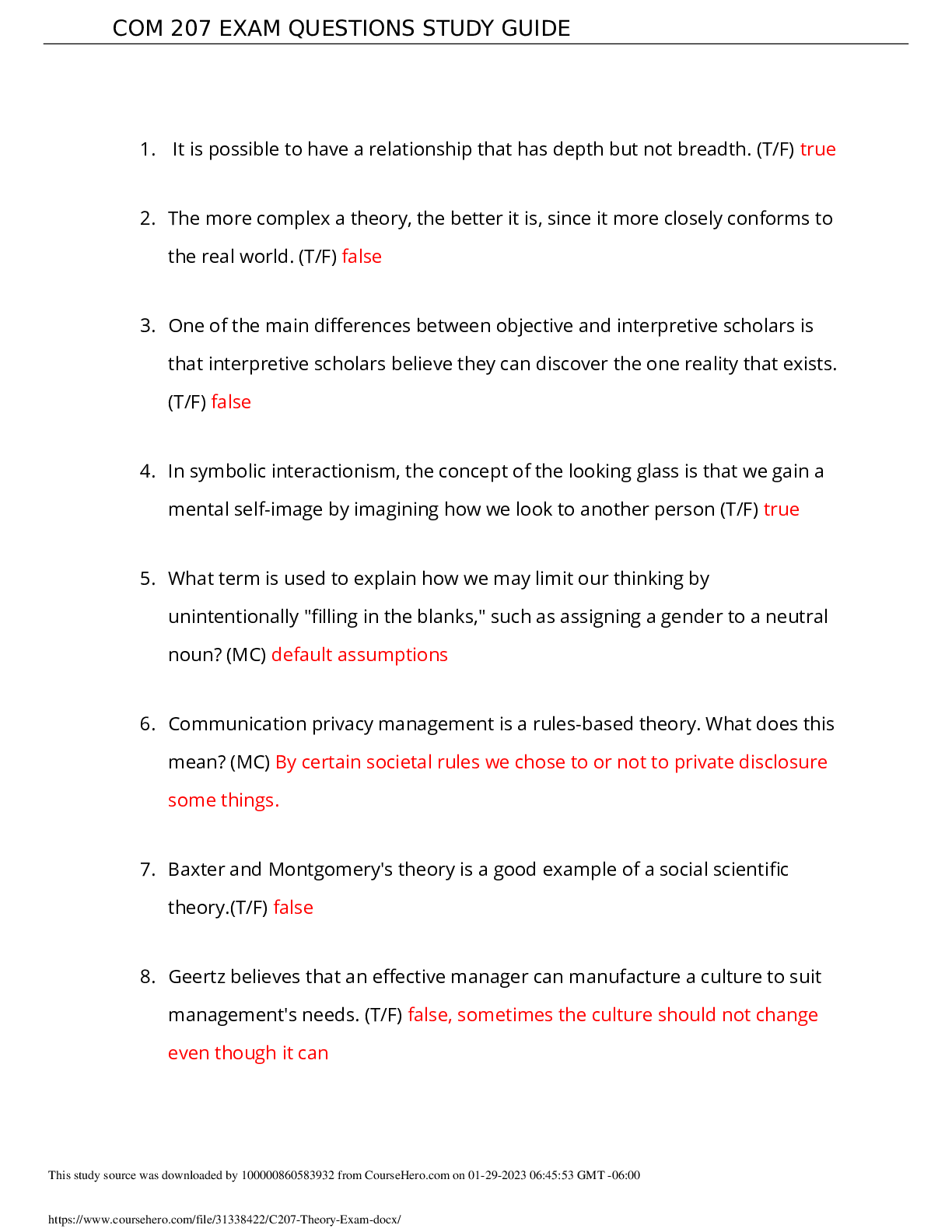
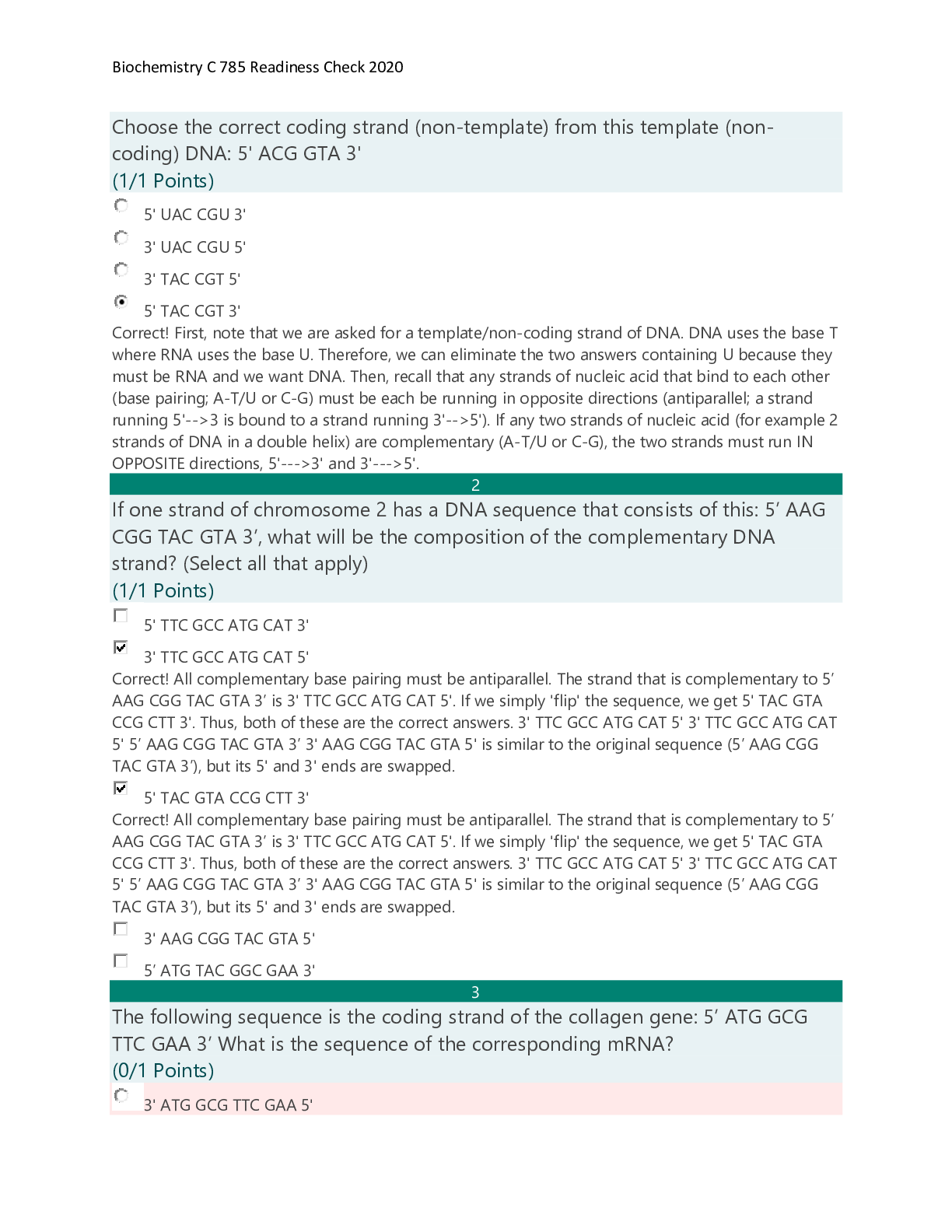
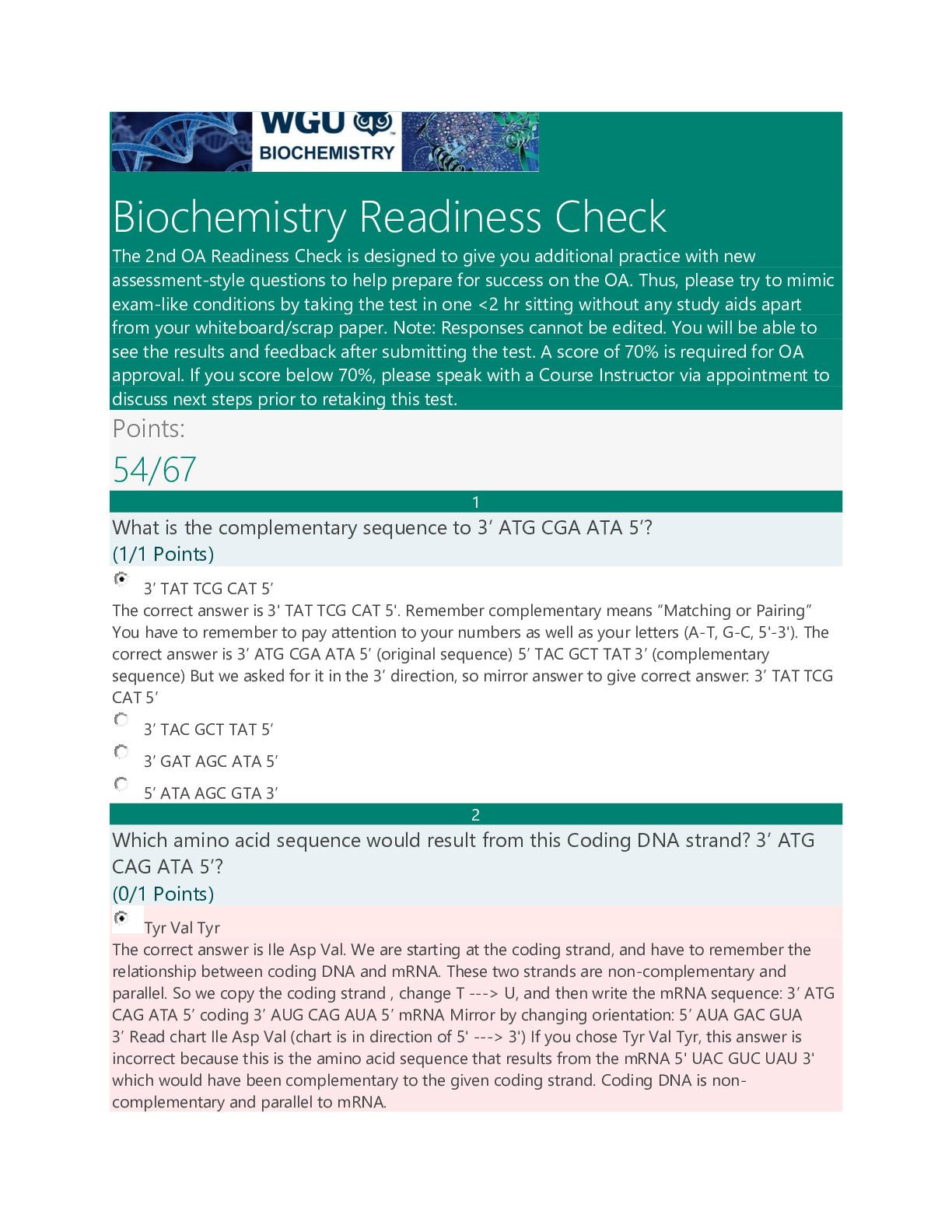
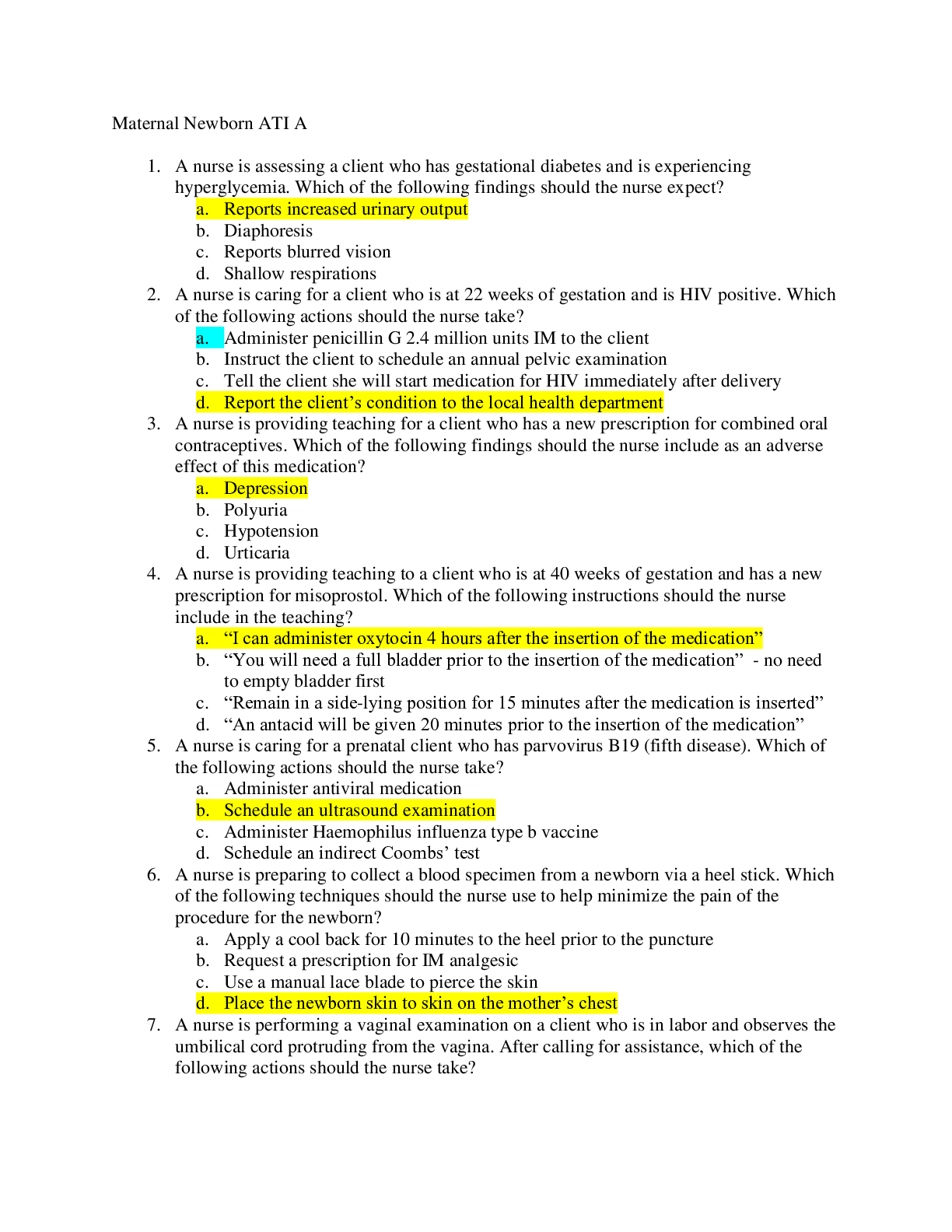

.png)

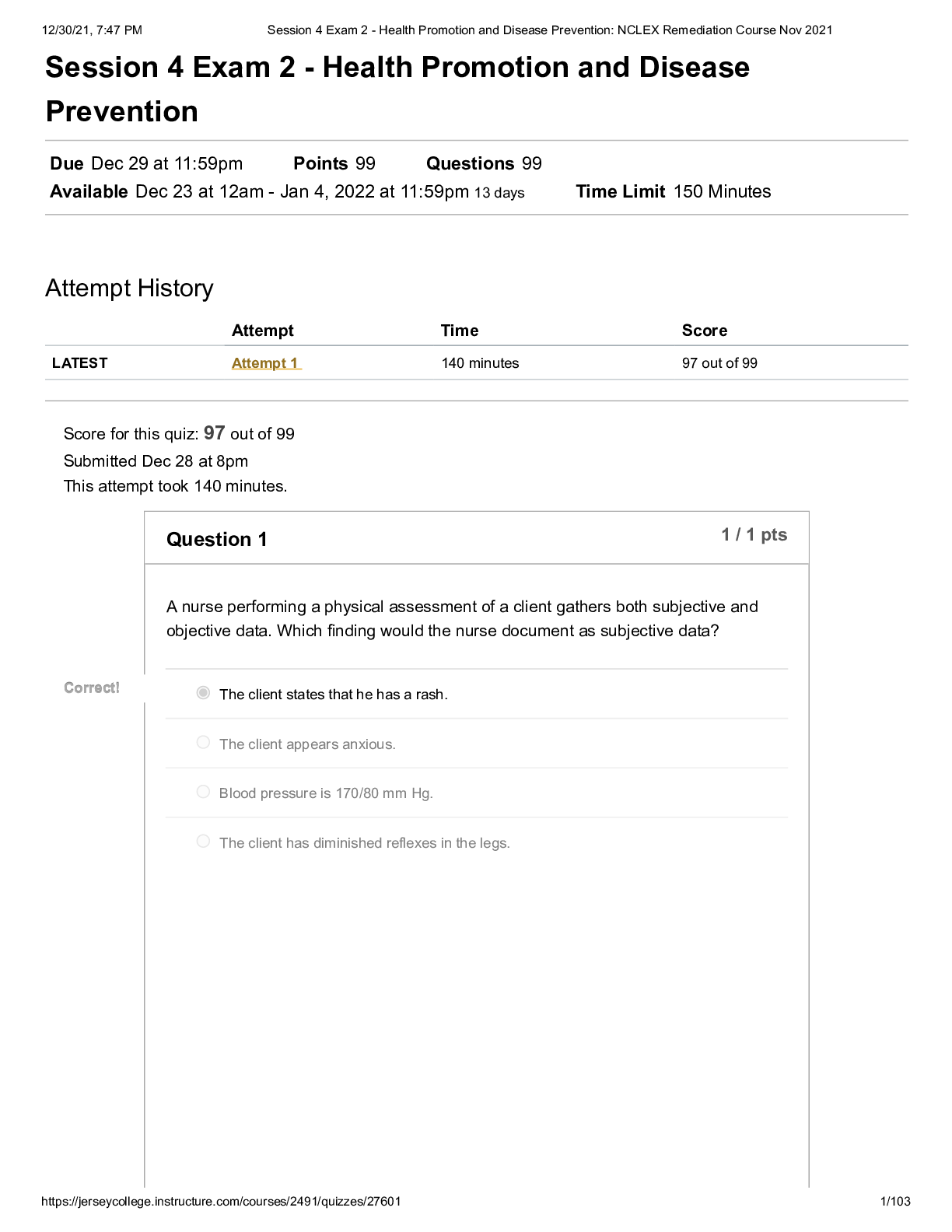
 ORGMED ORGANIC PHARMACEUTICAL PHARMACY.png)
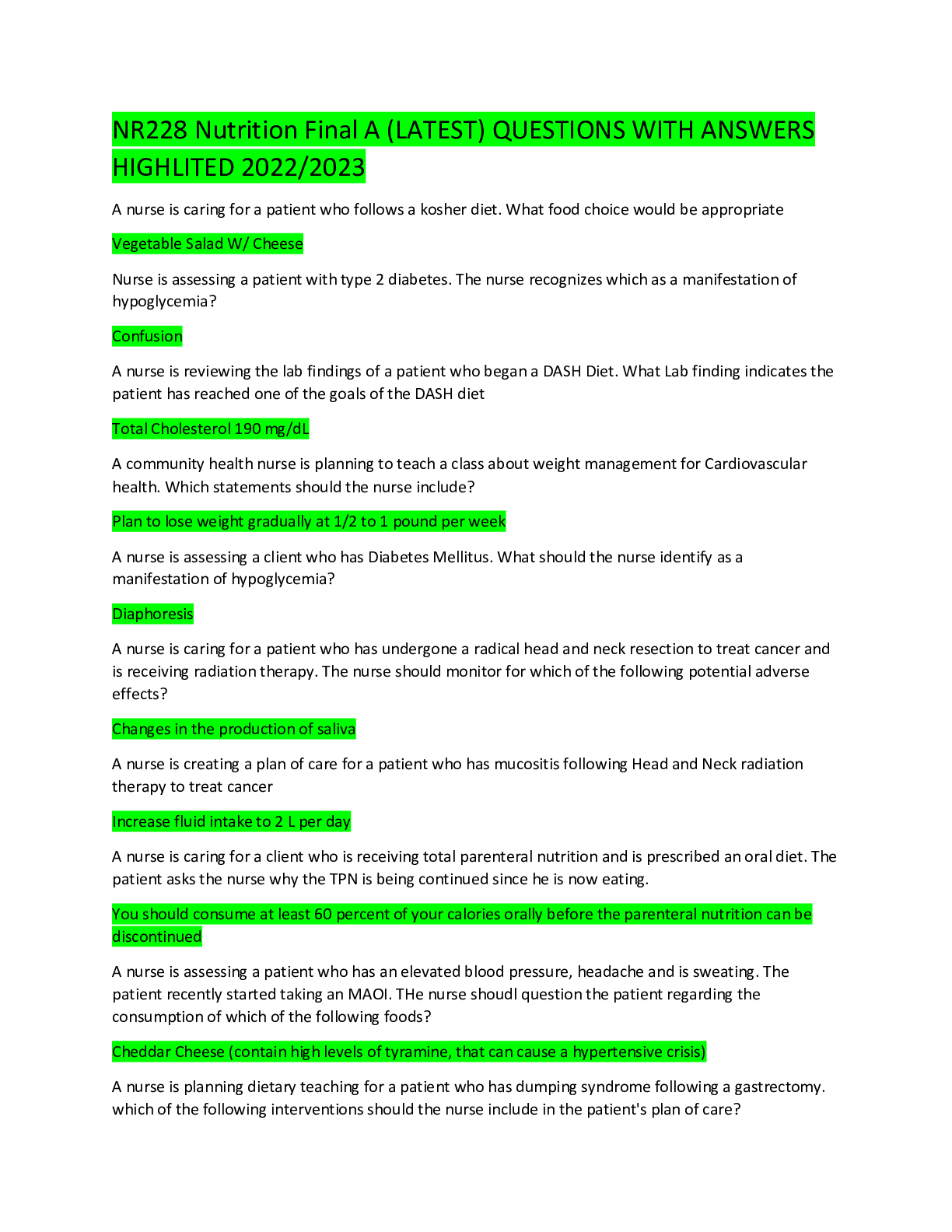
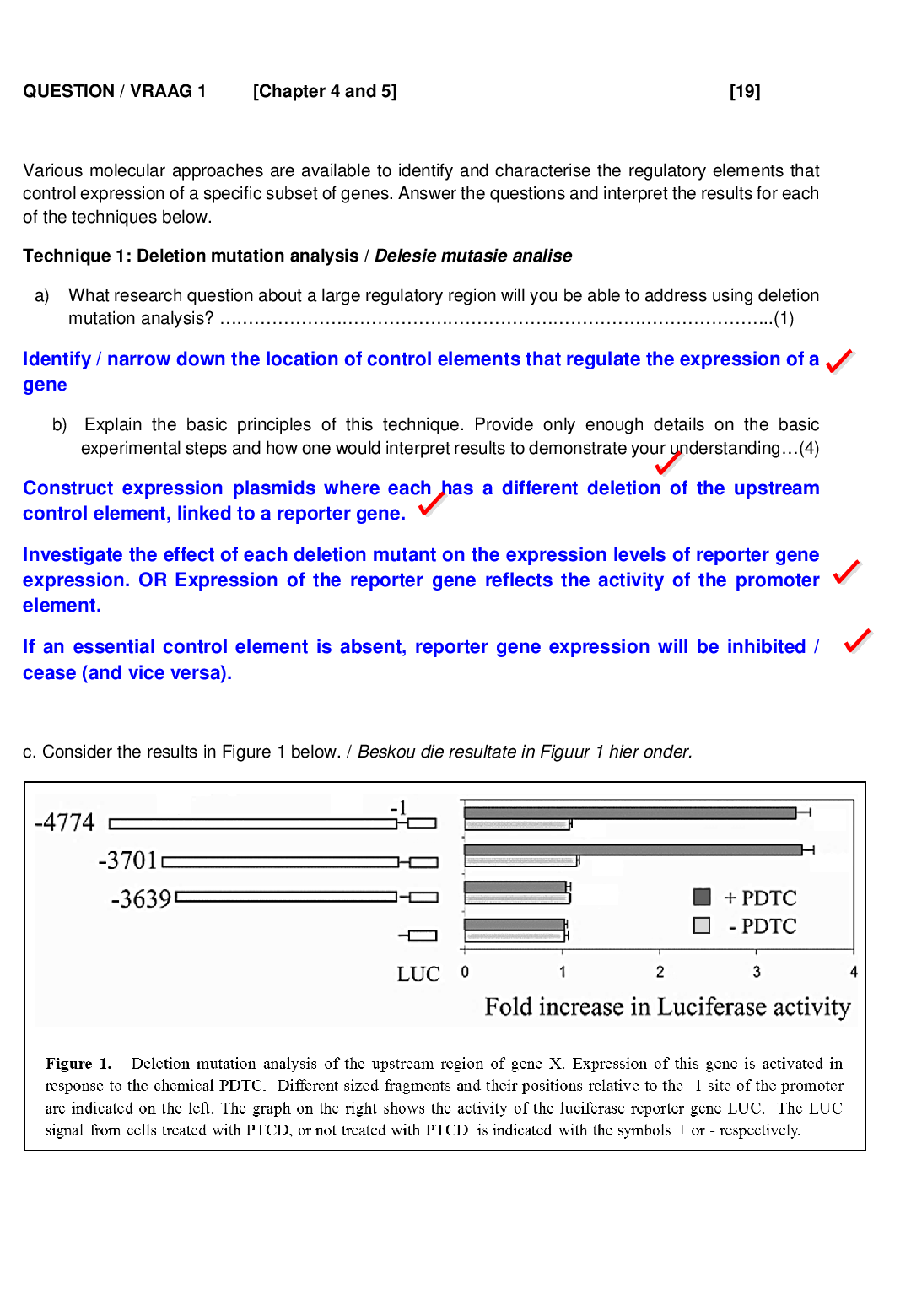
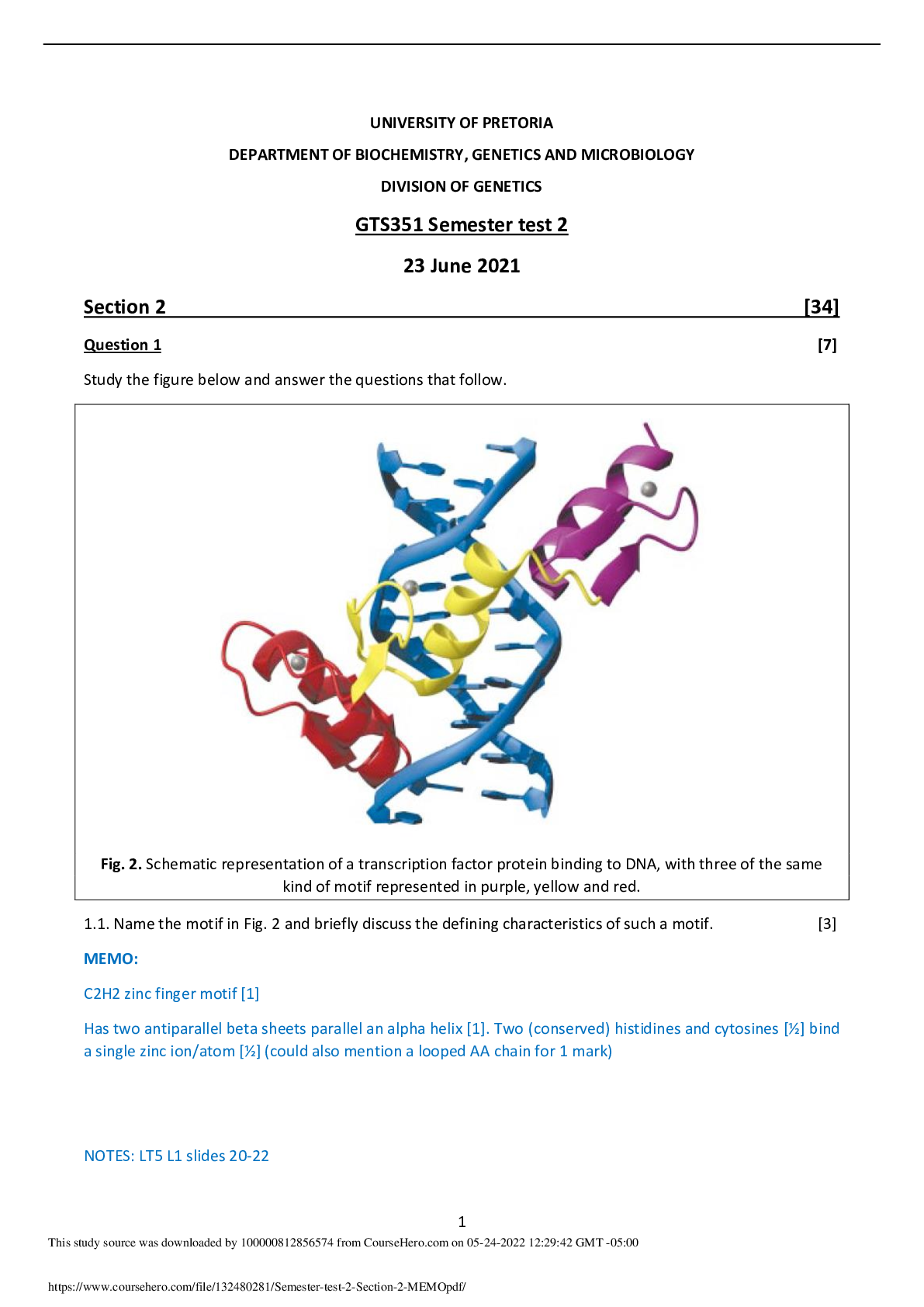


.png)

